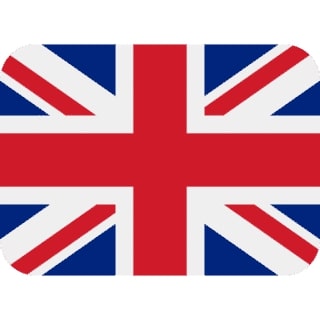Anyone who has spent any time in Tel Aviv is sure to be familiar with Rothschild Boulevard. It is like a microcosm of the city, displaying everything that it has to offer. If you are spending your gap year in Tel Aviv, then it is a street that you are sure to come to know very well.
Rothschild Boulevard runs all the way from the Habima Theatre to the neighbourhood Neveh Tzedek. It is lined with Ficus and Poinciana trees, and there are plenty of benches where people can rest their feet.
The street was actually one of the first four built in Tel Aviv, and it was named after Edmond James de Rothschild, a member of the famous banking family who was known for his support of Israel. The street gradually became a focal point of the city, which it remains to this day, and there is a huge amount to see as you stroll along it.
At number 16, you will come across Dizengoff House, better known today as Independence Hall. The building was once home to Tel Aviv’s first mayor, Meir Dizengoff. Following his death, the building became a museum, and it was famously where David Ben-Gurion signed Israel’s declaration of independence in 1948. Opposite the hall you can visit the Founders Monument and Fountain.
Today there are plenty of places to eat along Rothschild Boulevard and it was also home to the city’s first food kiosk, in 1910. There are several kiosks there today, where you can pick up coffee, pastries and sandwiches, but there are also numerous restaurants such as the breakfast hotspot Benedict, the chocolate specialist Max Brenner, the Mediterranean restaurant Supra, the Italian restaurant Rustico, and many more. Furthermore, the street has a vibrant nightlife with plenty of bars and clubs open throughout the night.
As you walk down Rothschild Boulevard, you will not be able to help noticing the large amount of Bauhaus style buildings. Tel Aviv is famous for its Bauhaus architecture; it is home to about 4,000 buildings in the style, which is why it is sometimes referred to as the “White City”. The buildings are notable for their asymmetrical design with small windows and white, rounded facades. A particularly impressive example is the Engel House, at 84 Rothschild Boulevard, which was designed by architect Ze’ev Rechter and was the first house in the city built on pillars.
There are no shortage of cultural options along Rothschild Boulevard. There is a large range of sculptures distributed along the street, making walking along it into an outdoor museum experience. The most famous sculpture is probably “Uprise” by Menashe Kadishman. It consists of three metal circles and it is in front of the theatre, Habima. Nearby you will also find the Charles Bronfman Auditorium cultural centre, the Helena Rubinstein Pavilion for Contemporary Art, and the Yaakov Garden.
In short, even if Rothschild Boulevard were to be the only street you ever saw in Tel Aviv, it would give you a wonderful sense of the city and its history. Whether you are just visiting for a day or spending a few months living in Tel Aviv, be sure to dedicate some time to this fascinating street.


















